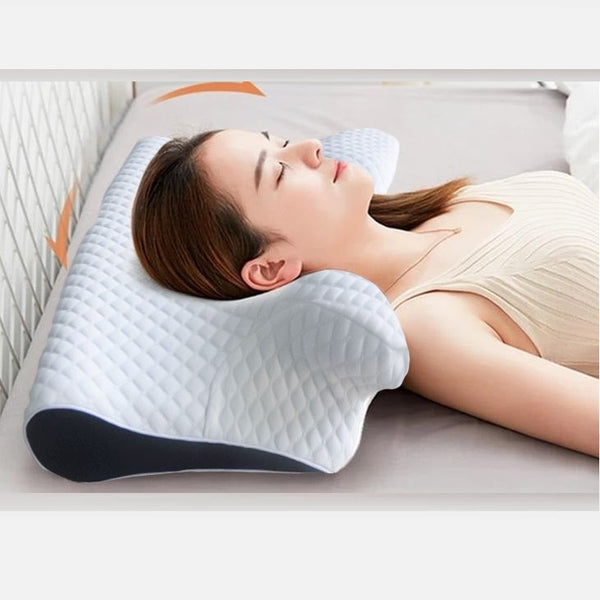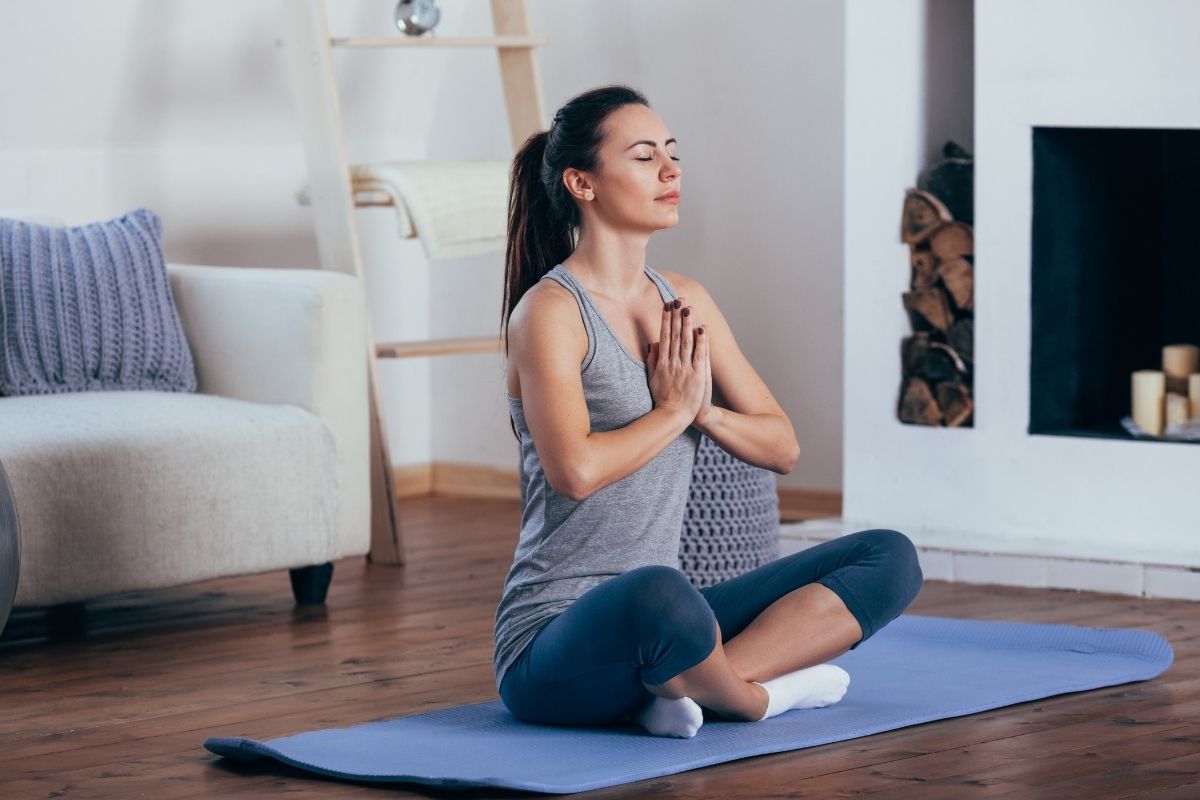What To Wear To Pelvic Floor Therapy
What To Wear To Pelvic Floor Therapy Pelvic floor issues can be challenging to deal with, affecting millions of women in the United States. But, when it comes to pelvic floor therapy (PFT), what should you wear to ensure a comfortable and effective session? Here’s a comprehensive guide to help you get ready for your pelvic floor therapy appointments.
Comfortable and Loose-Fitted Clothing
During pelvic floor therapy, you’ll engage in various activities like Kegels and bridge exercises. To facilitate these movements and ensure an effective session, opt for comfortable, loose-fitted clothing. Loose attire minimizes chafing, provides ease of movement, and allows you to stretch without restrictions, ultimately enhancing the therapeutic benefits.
Warm Socks
While your lower body is usually covered during internal pelvic manipulations, your feet may remain exposed. Clinic temperatures can be a bit chilly, so wearing warm socks is advisable to keep your feet cozy and comfortable.
Comfortable Shoes
Having proper footwear is essential for performing exercises comfortably. Choose shoes designed for physical activity, such as those for running or hiking. These shoes offer adequate foot support and can be easily taken off if pelvic manipulation is required during the session.
Read More : What Is Dynamic Interpersonal Therapy
Do You Have to Undress for PFT?
Pelvic floor muscle training often necessitates undressing for internal assessments and specific treatments. However, during most manual pelvic floor techniques and exercises, patients can remain fully clothed.
Preparing for PFT
Pelvic floor therapy involves strenuous activities, so ensure you’re well-rested and wear clothing that allows for free movement. Leggings, for example, are a practical choice due to their firm pelvic floor support and comfort. Staying hydrated by drinking plenty of water before and after PFT sessions can also help maintain colon health and flush toxins from your body.
PFT During Menstruation
You can still attend PFT sessions while menstruating, as it typically doesn’t interfere with physical activities. In fact, it can be beneficial to assess muscle performance during this time. If you experience discomfort during certain stretches while menstruating, discuss it with your therapist.
PFT During Pregnancy
Physical therapists usually avoid internal pelvic floor treatments or assessments for pregnant women. It’s essential to inform your healthcare provider if you’re pregnant, as they may recommend alternative therapeutic approaches tailored to your needs.
Does PFT Hurt?
Pelvic floor therapy is designed to alleviate symptoms of pelvic floor dysfunction, not cause pain. While some mild discomfort may occur, it’s generally manageable. The therapy aims to strengthen and relax muscles, enhancing your overall comfort and endurance. Over time, it can alleviate pain during intercourse and improve muscle awareness.
Duration of a Typical PFT Appointment
A pelvic floor therapy session can last from 45 minutes to an hour, depending on your specific condition and needs. During the appointment, your therapist may employ various exercises and techniques like trigger point therapy, Kegels, electrical stimulation, and biofeedback to achieve the desired results.
Read More : What Is Softwave Therapy
Post-PFT Soreness
If you’ve been leading a sedentary lifestyle for an extended period, you may experience muscle soreness after PFT sessions. This discomfort is a normal response as your muscles adapt to increased activity. To alleviate soreness and aid muscle recovery, stay well-hydrated by drinking plenty of water post-session.
In summary, preparing for pelvic floor therapy is straightforward. Choose comfortable, loose-fitted clothing, don warm socks, and opt for suitable footwear. With these considerations, you’ll be ready to make the most of your PFT sessions and work toward improved pelvic health.




